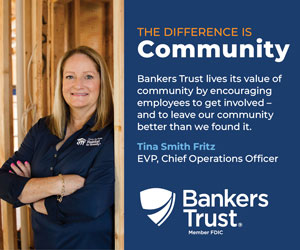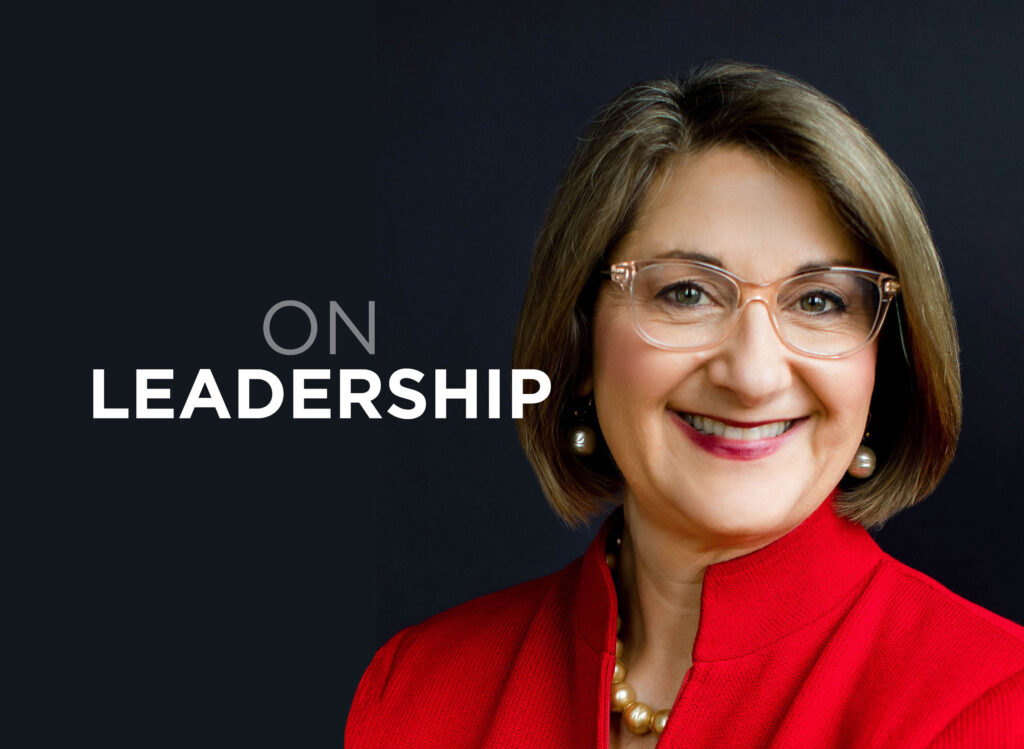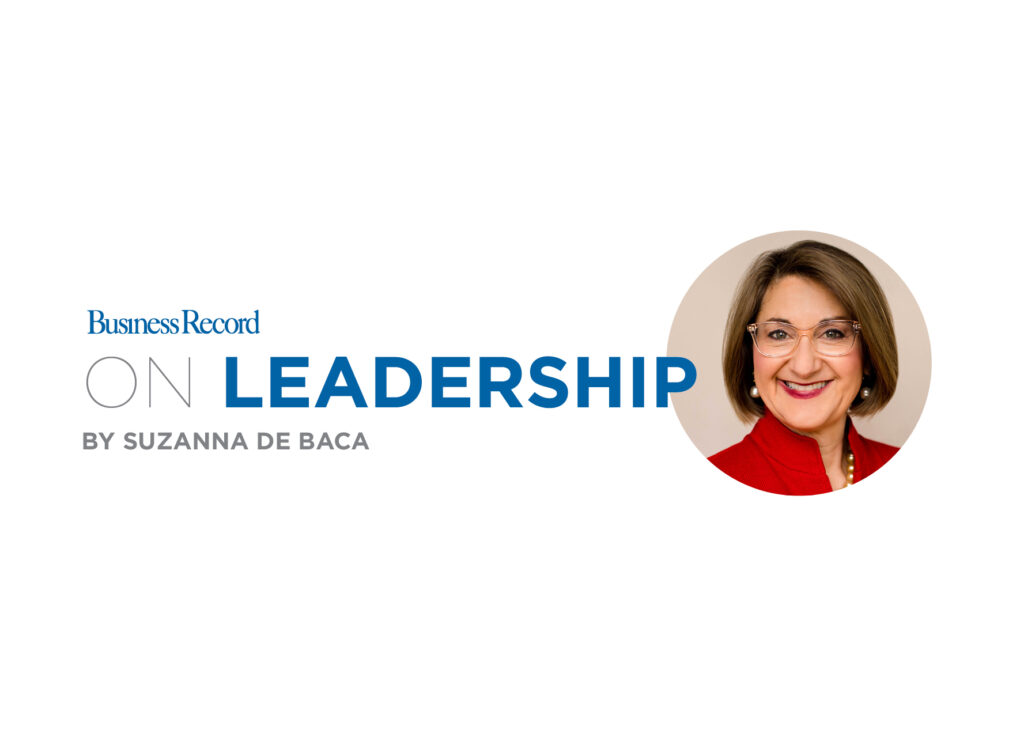On Leadership: Leading without breaking-Why top leaders must invest in support for mental health and high performance

This is part of an ongoing series on mental health and leadership.
In today’s high-pressure leadership landscape, the mental health of CEOs, founders and executives is under increasing strain. As the stakes of leadership rise, so too does the emotional toll. Leaders must now be intentional about safeguarding their mental well-being and investing in the support systems that enable high performance without personal collapse. The image of the tireless, invulnerable leader is not only outdated – it’s dangerous.
I learned this the hard way. For years, my approach to health was a cycle of good intentions and burnout. But a breaking point during a particularly demanding time in a corporate role over a decade ago forced a critical realization: How could I inspire trust and lead effectively if I was visibly depleted? Prioritizing my well-being through an intentional and disciplined routine of exercise, sleep, clean diet and meditation shifted from a personal goal to a core leadership responsibility, foundational to inspiring trust and driving collective success. From that time on, putting my own mental and physical health first became nonnegotiable.
The rising toll on leaders
According to the 2024 State of Workplace Empathy Study study by Businessolver, 55% of CEOs reported experiencing a mental health issue in the past year, a staggering 24-point rise from the previous year. This increase challenges the myth of the resilient, unshakable executive and reveals what has always been true but not openly discussed: leaders are not immune to the pressures that affect their teams. In fact, they often shoulder the emotional burdens of the entire organization.
The invisible burden of leadership
It’s not just the workload; the growing burden on leaders is compounded by isolation, the accumulation of unresolved stress, and the reluctance to openly discuss mental health in professional environments. As an experienced CEO shared in CEOWORLD magazine, “Being a CEO often means absorbing the anxieties of your team, investors and customers. We are expected to project confidence, even when we’re grappling with uncertainty behind the scenes.” This invisible burden can erode a leader’s well-being from within, especially if unaddressed.
The pervasive issue of loneliness
Loneliness is one of the most pervasive and misunderstood facets of executive life. Research published in the Harvard Business Review reveals that 55% of CEOs experience moderate but significant loneliness, with 25% citing it as a frequent problem. Surprisingly, this loneliness isn’t due to a lack of relationships or literally being alone. After all, CEOs often work at the center of complex social networks. Rather, it often stems from the isolating weight of responsibility and the inability to safely share doubts, fears or weaknesses. As one CEO explained, “You’re all alone in this, because you’re the one who has to make the decision.”
Intentional support is good leadership
This growing body of research and lived experience points to a powerful conclusion: Investing in support isn’t a luxury, it’s a leadership necessity. Support can take many forms: therapy, coaching, peer groups or simply regular, protected time for reflection. What matters is that it’s intentional and seen as integral to leadership – not as a response to crisis, but as a proactive strategy for sustainability. CEOs must challenge the outdated belief that mental health challenges are signs of weakness. On the contrary, acknowledging and addressing the inevitable stressors that comes with leadership is a sign of strength and wisdom.
The business case for empathy
This investment pays off. The Businessolver report found that workplaces centered around empathy – which starts at the leadership level – see significantly improved retention, productivity and well-being. In fact, 88% of employees said they would stay longer with an employer that empathized with their needs. But empathy has to start at the top. As Rae Shanahan, chief strategy officer at Businessolver said in an article on the empathy study in TechRepublic: “Leadership plays a vital role in breaking down the stigma of mental illness that our data shows still thrives among American workers.” By modeling transparency, vulnerability and support-seeking behaviors, CEOs normalize mental health conversations and set a tone that empowers others. While some may say this sounds like one more culture-building conversation, it’s key to performance optimization. Organizations with psychologically healthy leadership are more agile, resilient and aligned.
Designing high-performance support systems
To lead effectively under pressure, executives must build systems that support both themselves and their teams. According to the Harvard Business Review study, there are two critical types of strategies for battling CEO loneliness and stress: self-oriented and network-oriented. The former includes introspection, emotional boundaries and reframing challenges as growth opportunities. The latter involves strengthening bonds with trusted peers, seeking feedback and cultivating a team culture built on mutual support – not just performance. These support systems don’t diminish accountability; they elevate it. A CEO who feels connected, heard and emotionally resourced is far more capable of clear thinking, strategic decision-making and empathetic leadership. As the CEOWORLD article states, “Mental health is the foundation of sustainable leadership.” Without it, everything else – vision, innovation, execution – suffers.
Resilient, supported leadership is the way of the future
It’s time to retire the myth of the lone, indestructible leader. In its place, we need a new archetype: the resilient, emotionally intelligent leader who invests in support not just for survival, but for sustainable excellence.
As we observe Mental Health Awareness Month in May, it is a timely reminder that behind every bold decision and every big vision is a human being – a person who needs care, connection and a support system to thrive. Leaders who embrace this truth not only protect their own well-being but unlock the potential of their organizations.
After all, investing in support is not a sign of weakness. It’s a hallmark of great leadership.
Here’s what experienced leaders say about navigating mental health and high performance:

Tony Dickinson, president, NCMIC Finance Corp.
To manage demands of leadership while prioritizing mental, physical and emotional health, I anchor my days with three intentional practices: sweat, pray and play. First, I start each morning with movement – whether it’s maintaining my 1,197-day Peloton streak or other exercise – because physical activity sharpens focus and energy. Second, I dedicate time to prayer, reflection and gratitude, often with my Bible study group, which keeps me grounded and reminds me of what truly matters. Third, I make space for play – laughing and connecting with family, friends and colleagues recharges me and fosters positivity. When I consistently integrate these practices, I feel fulfilled and show up as my best self for those I lead and for myself. My advice to other leaders is to identify simple, sustainable habits that nurture your mind, body and spirit. Protect time for those practices daily, as they build resilience needed to thrive in high-pressure roles.
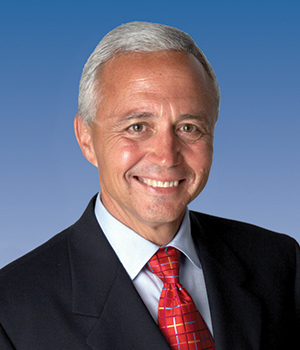
Steve Lacy, chairman and CEO (retired), Meredith Corp.
Mental and physical wellness are critical attributes of a well-functioning leadership team – regardless of the organization.
At the Meredith Corporation, we orchestrated a highly developed program for all our employees that included an annual physical, follow-up coaching and an educational series and competition that encouraged weight management and movement. It was nationally recognized in the wellness space, increased morale and saved health care costs over a multi-year timeframe.
Personally, as the company chairman and CEO, I championed the program because the annual metrics around my own health and wellness significantly increased my ability to recognize and manage stressful periods including acquisition integration activities and economic challenges like the 2008-2010 recessionary period.
I believe it is company leadership’s responsibility to recognize the workforce challenges – whether they be mental or physical – and lead activities that address the issues. It pays handsomely by increased productivity and morale along with improved health plan costs over time.
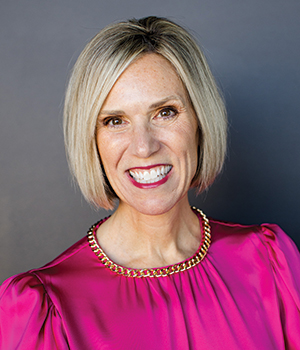
April Schmaltz, president and CEO, Delta Dental of Iowa
As a leader, it’s easy to put the needs of your team and company first. However, it’s essential to prioritize your own health and well-being to be your best self. Self-care is not just a personal luxury; it’s a professional necessity. When leaders take time for themselves, they maintain the energy and resilience needed to navigate challenges and inspire their teams effectively. I recommend scheduling time for yourself each day, just like an important meeting, and doing something just for you. Personally, I like to start my day with exercise, quiet time or reading. By taking care of ourselves, we set a positive example for our team members and promote a culture where well-being is valued. Ultimately, when you take care of yourself first, you’re better equipped to support and lead others toward achieving collective goals.

Susan E. Voss, former Iowa Insurance Commissioner and board director for Everlake Life Insurance Co., United Fire Group, NCCI and Simpson College
Being a leader can be exciting, challenging and rewarding but also lonely, frustrating and sometimes overwhelming. Here are my three strategies to ensure you are mentally and physically able to handle both the rewards and the criticisms:
First, surround yourself with people who are smarter than you. I don’t have all the answers. But I’ve had teams with deeper knowledge and many more years of experience. When I am wrong, they tell me so.
Second, have a person on the outside who can be your sounding board. I had an insurance executive who was also a friend and allowed me to bounce ideas off of him while maintaining confidentiality. His friendship and unvarnished advice were a great lifeline to me.
And finally, have an outside interest or two that have nothing to do with your leadership role. I sing in a church choir, work out at the YMCA and make quilts – none of which have anything to do with insurance.
These three touchstones help me maneuver the rough seas. I simply couldn’t do it alone – and you aren’t expected to do so anyway.
Suzanna de Baca is a columnist for Business Record, CEO of Story Board
Advisors and former CEO of BPC. Story Board Advisors provides strategic guidance and coaching for CEOs, boards of directors and family businesses. You can reach
Suzanna at sdebaca@storyboardadvisors.com and follow her writing on leadership at: https://suzannadebacacoach.substack.com.

Suzanna de Baca
Suzanna de Baca is a columnist for Business Record, CEO of Story Board Advisors and former CEO of BPC. Story Board Advisors provides strategic guidance and coaching for CEOs, boards of directors and family businesses. You can reach Suzanna at sdebaca@storyboardadvisors.com and follow her writing on leadership at: https://suzannadebacacoach.substack.com.


